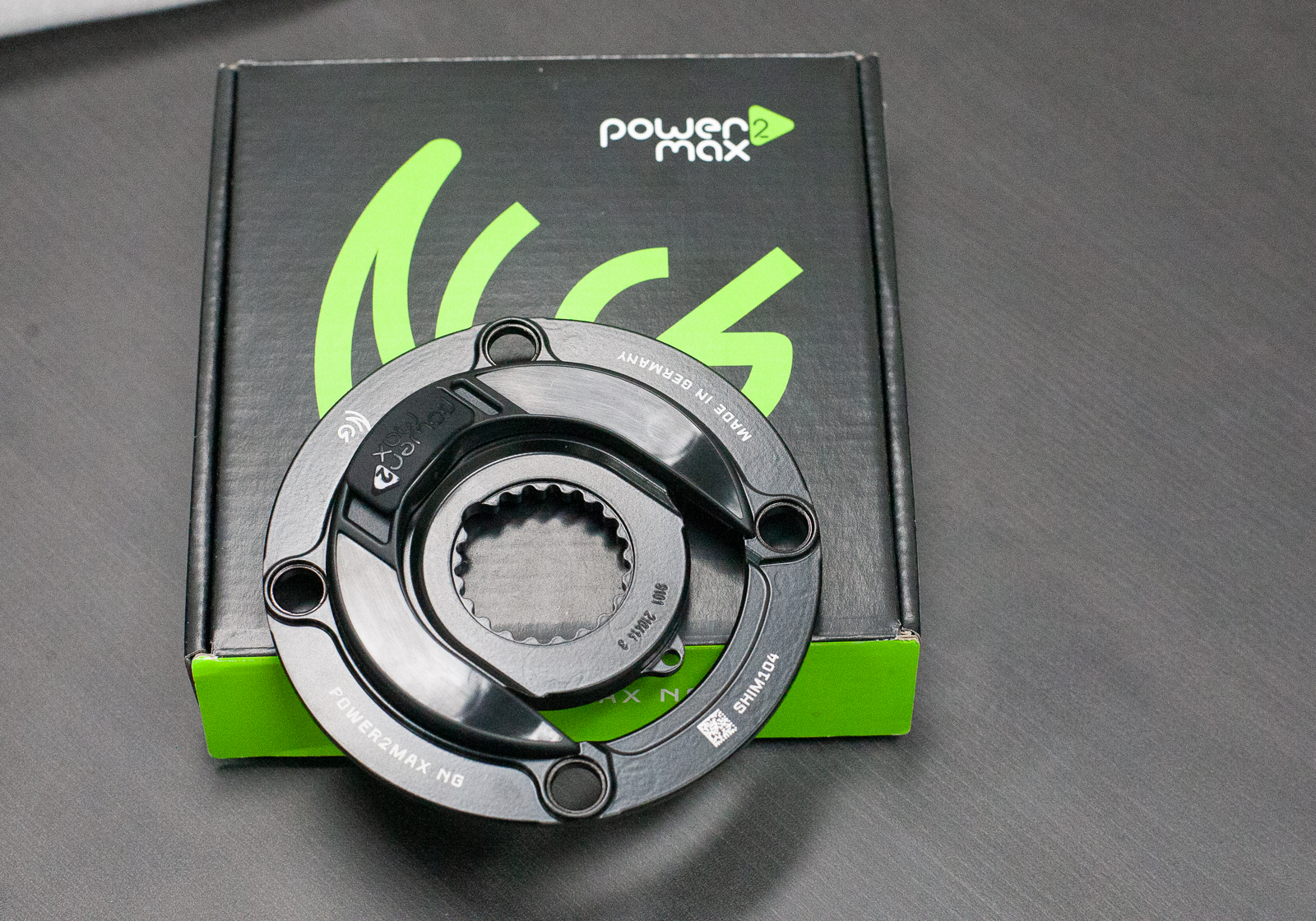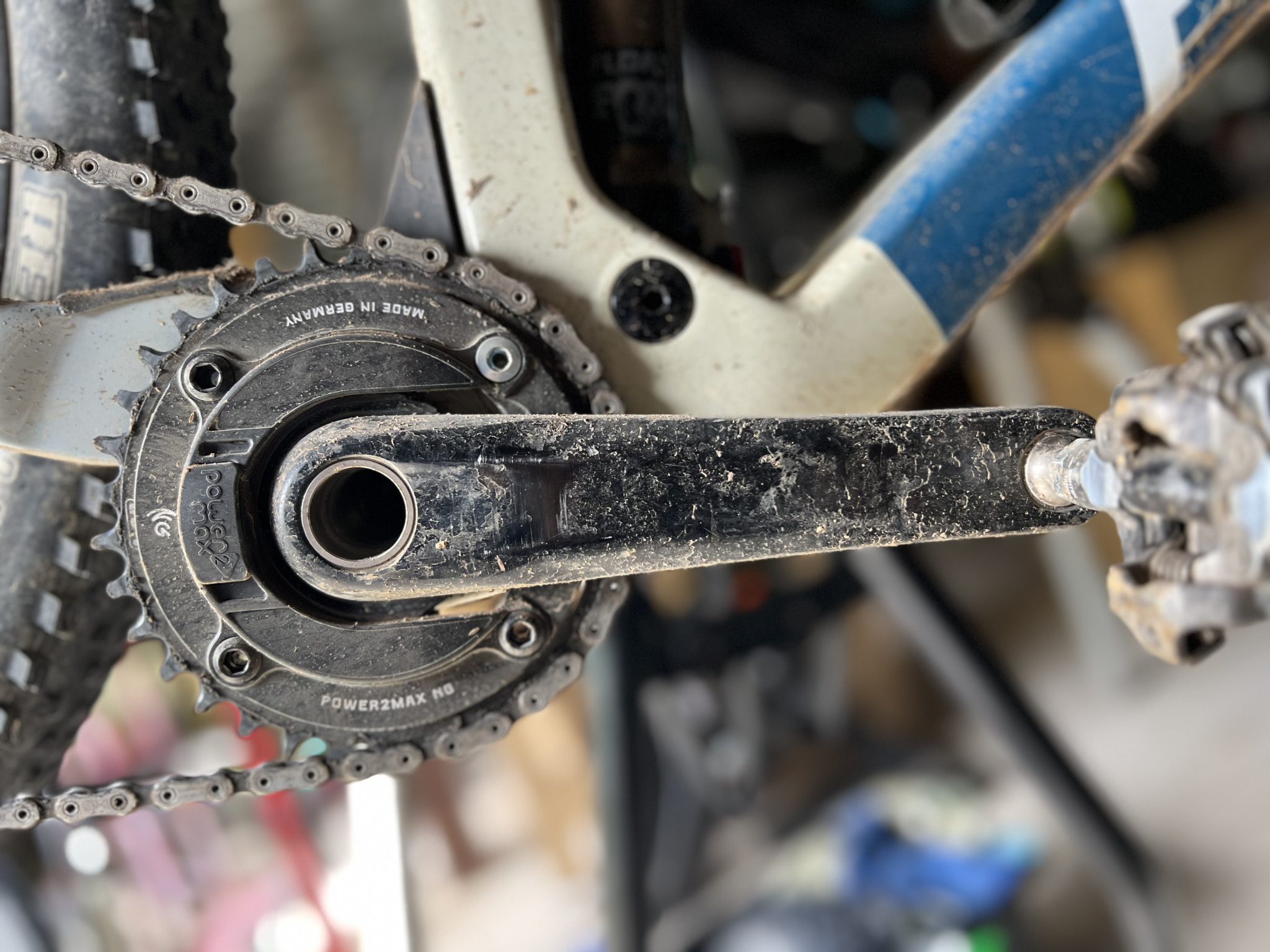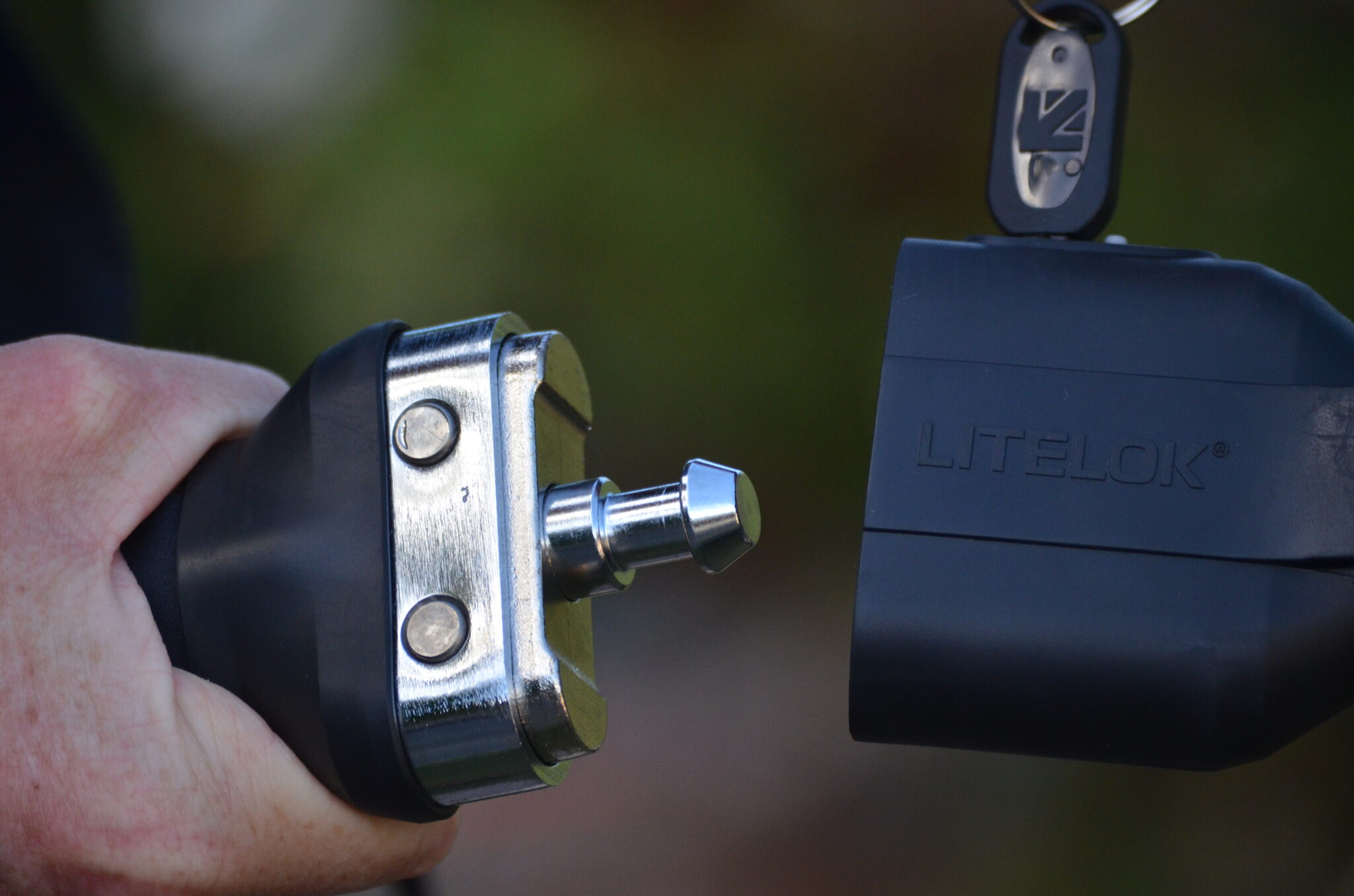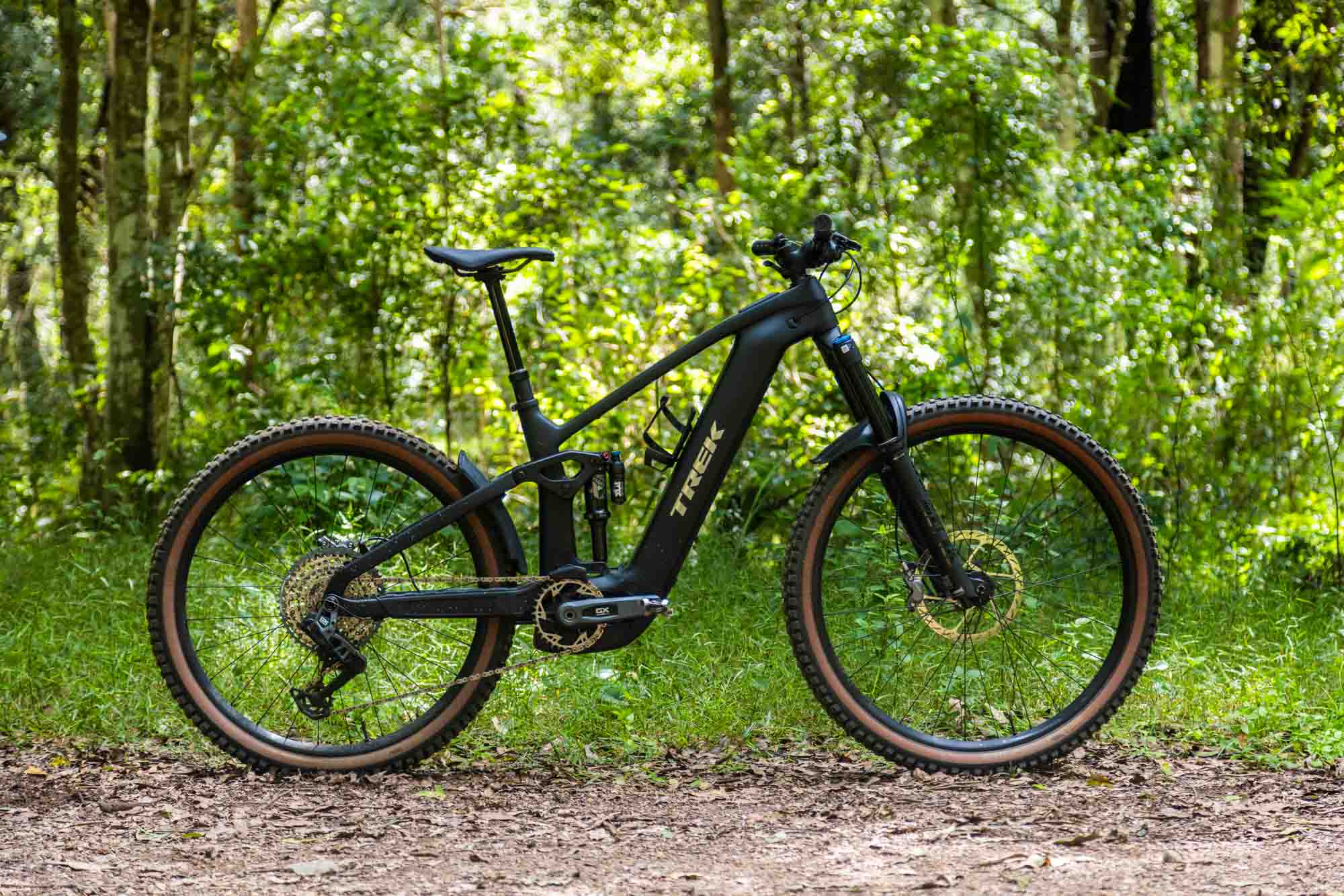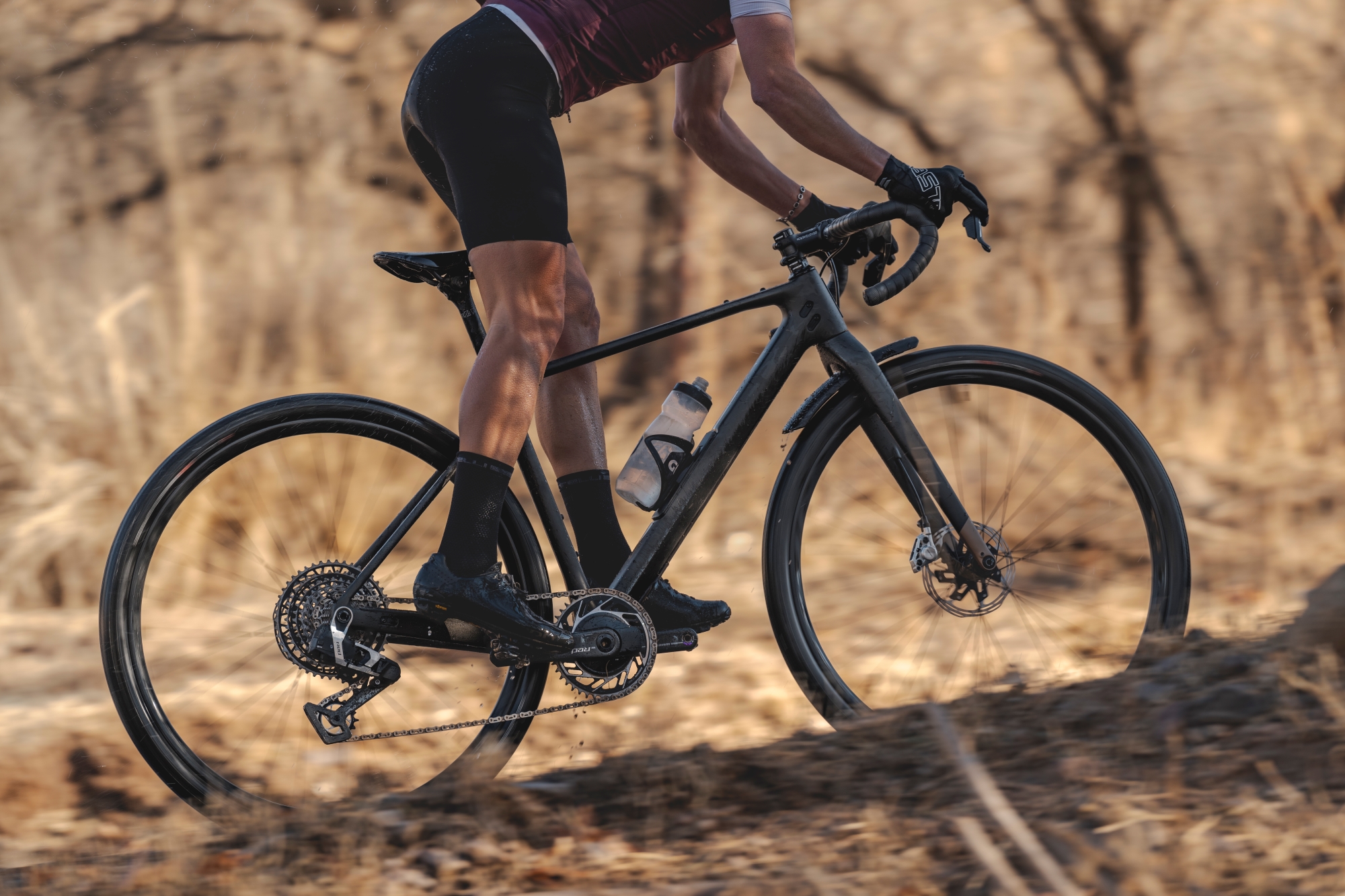First Look: Power2Max NG mountain bike power meter
If you follow any of our training articles, chances are you're familiar with training with power. Power2Max offer spider based power meters to suit almost any crank set.
For the dedicated cyclist who wants to get the most out of their time on the bike, and get the most out of themselves, using a power meter has become the norm. Many top group sets are now coming with power meters built in, but it's far from the standard across the whole width and breadth of mountain bike equipment. Thanks to FE Sports, I've got a Power2Max NG power meter on review right now. It sells for $1699 and has a rechargeable battery. The NG Eco model is also available for $1099. It uses a coin cell battery and has a slightly lower accuracy.
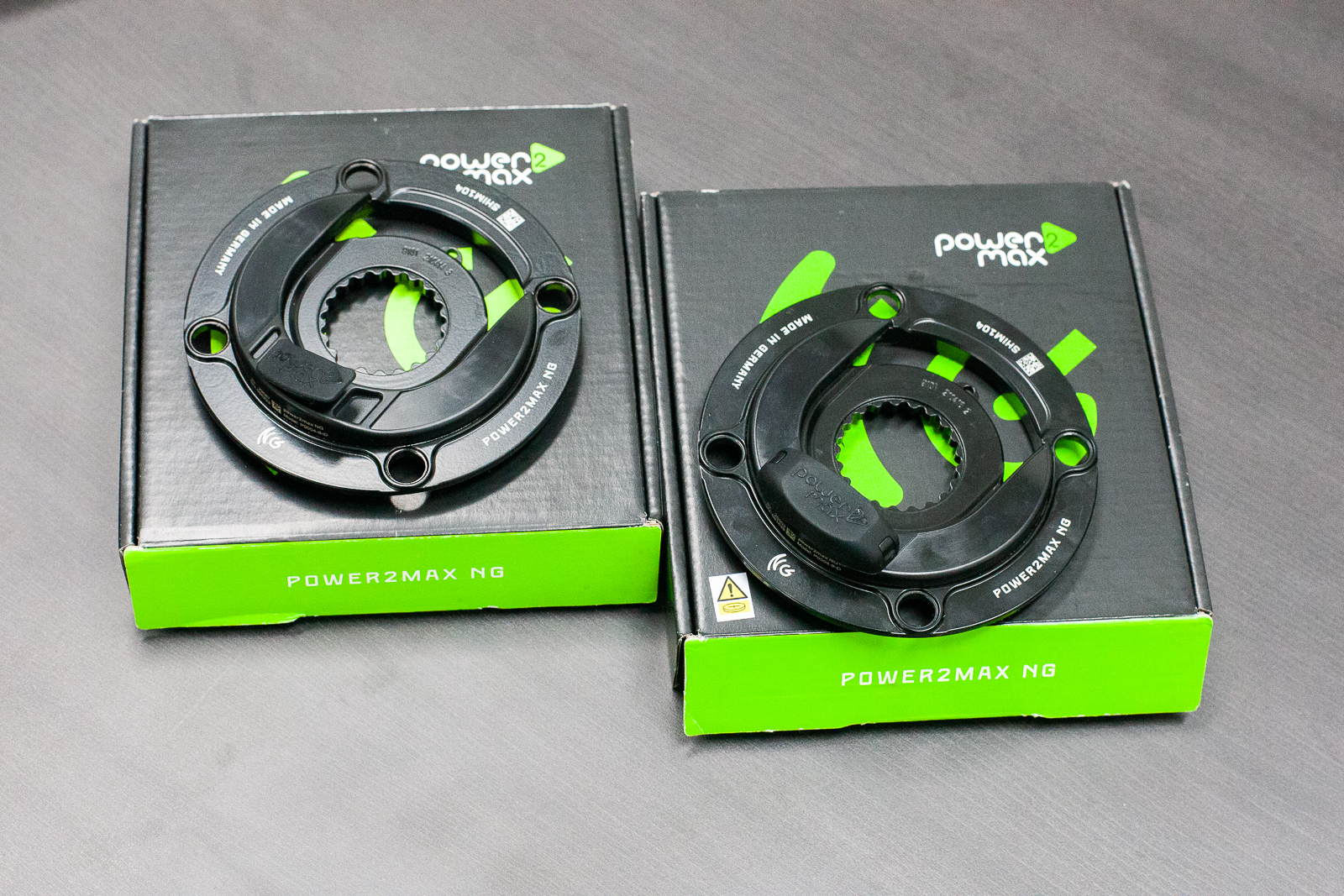
Why train with power?
Good question. Mostly because it's a real time measurement of the work you are doing. Heart rate is a good training metric, however there is a delay between the work done and the measurement, and mood, heat, fatigue and a whole lot more can impact heart rate. Power tends to be a rock solid data point, and is especially better for explosive sports. Anna Beck wrote a great piece about the benefits of training with power.
What crank sets can the Power2Max power meter fit?
Lots! We have a Shimano direct mount unit on test. The power meter replaces your spider, so it will only work with crank sets that have a direct mount option, such as:
– Shimano
– Rotor
– SRAM/Praxis
– e*thirteen
– Cannondale (NGeco only)
– RaceFace (NGeco only)
The spider leaves you with a 104mm bolt circle, so you'll need to buy a chain ring to suit. I'm testing this unit with a 34t North Shore Billet HG12 chain ring from Swift Sports ($119.99), these are available in 30-38t sizes. You will also need some single speed chain ring bolts, which are a little bit like unicorn poo in many bike shops. I ordered black alloy ones from Wolf Tooth. Although one fell out and I had to dive into the spares box for another.
Setup and fit up
This was all simple. I removed the 34t Shimano XTR chain ring I had and fitted the new ring and spider. It resulted in about a 100g weight gain. The unit itself weighs 126g, so it will depend on what ring you take off, what ring you put on, and whether you use steel or alloy chain ring bolts.
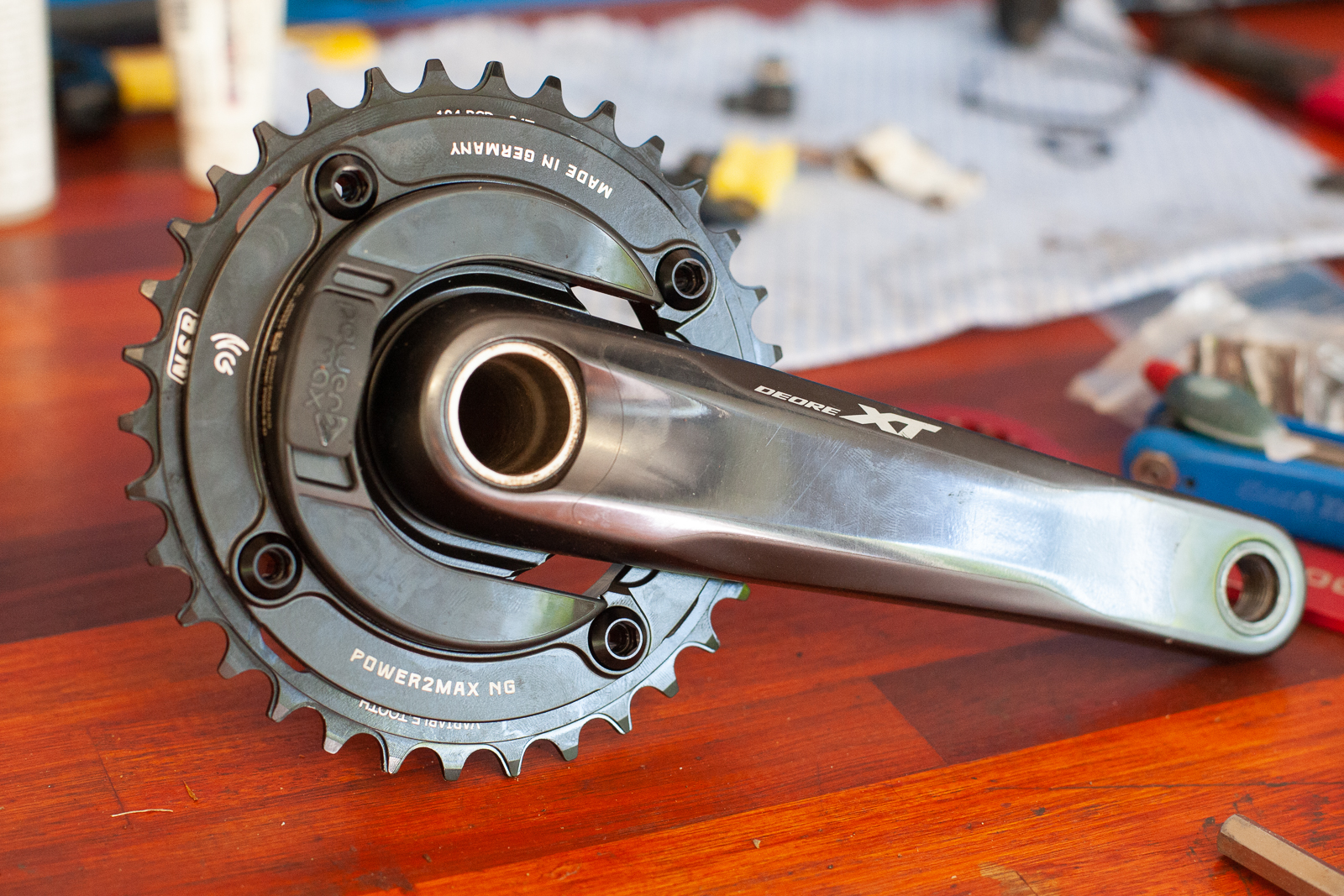
I recently built up a Factor Lando XC, and the tolerance with the frame was pretty tight. Given I'm running a 24mm axle crankset in a T47 bottom bracket, I used some the the teeny spacers that Factor supply with the Ceramic Speed bottom bracket to give myself a little more wiggle room. It was quick to pair the unit with my Wahoo ELEMNT Bolt V2, and I was away.
In use so far
The Power2Max NG has a claimed 1% accuracy, and 150 hour run time on a single charge. So far I have no reason to doubt either of those. I have a Stages Gen3 left hand crank power meter that I will use in conjunction with the Power2Max for a couple of sessions to see if there is any difference in measurement – but the Power2Max should be the more accurate power meter.
It is pretty impressive that it has a 5 year warranty, and being a spider based power meter it's out of harms way. Garmin make power pedals, and SRM have relaunched their power pedals as well. But there are mixed reports on their accuracy – although it is far easier to move them from one bike to another.
I do like how the Power2Max will work with any crank length, and I have been impressed that it appears to read accurately at low cadences – they claim down to 20rpm. When I have done force repetition sessions with a Stages power meter I struggle to get any readings until each short standing start effort is almost over. So low cadence effectiveness is a real help for mountain bike athletes.
I'll have a full review in Issue #204 – but head to the FE Sports website for more details until then.
